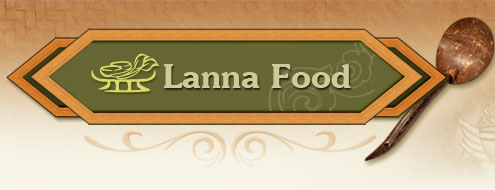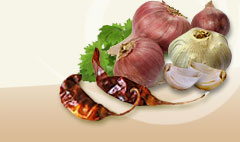|
Miang is a popular kind of snack among Lanna people. Chewing miang after having a meal gives a clean feeling clearing away such unpleasant tastes as hot spicy as well as salty tastes. It also creates a good atmosphere of family gathering and chatting after a meal. Nowadays, the flavor of miang has been enhanced by adding some other ingredients to it to make it sour or sweet; or the elaborate kind called miang song-khrueang in which roasted coconut slices, young ginger slices, roasted dry nuts, juice of pickled garlic or salt are added. |




